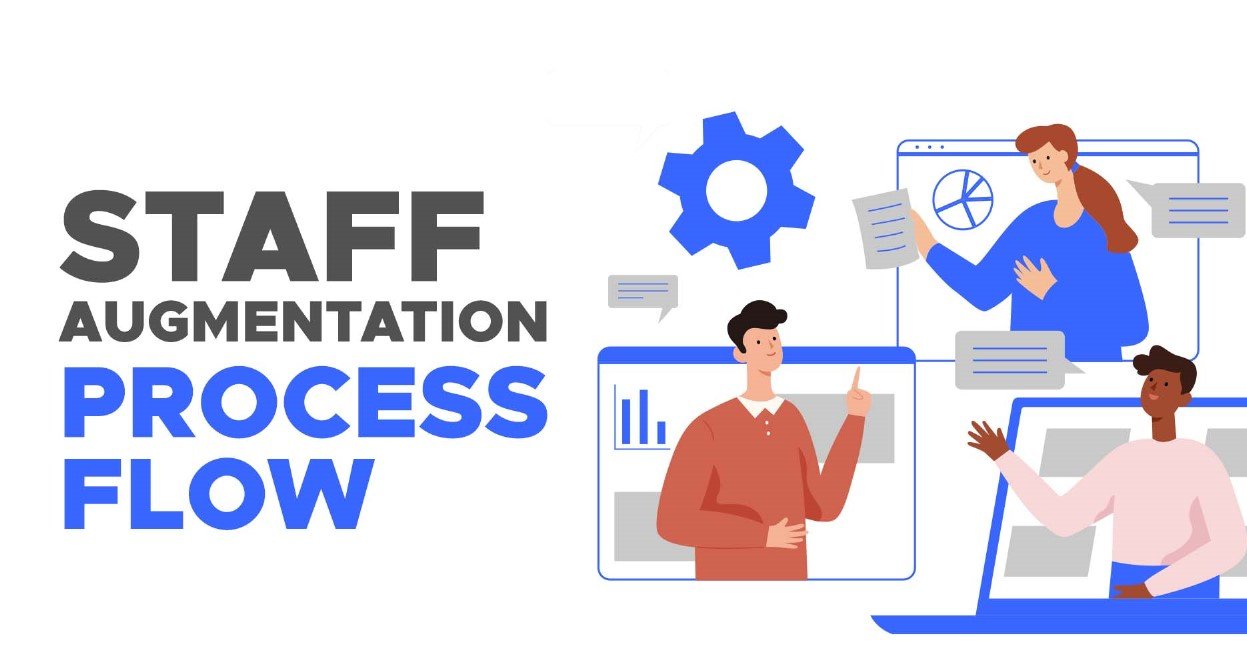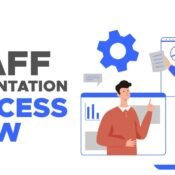
Staff Augmentation – Adaptive Staffing for Dynamic Growth
In today's fast-evolving business environment, staying competitive requires an agile, world-class team that can adapt to clients' needs and demands. One of the most effective ways to achieve this is through staff augmentation. This innovative strategy enables companies to access top-tier talent while avoiding the time-consuming and costly process of traditional hiring.
 In today's fast-evolving business environment, staying competitive requires an agile, world-class team that can adapt.[/caption]
In today's fast-evolving business environment, staying competitive requires an agile, world-class team that can adapt.[/caption]
What is Staff Augmentation?
Staff augmentation is an outsourcing model that allows businesses to enhance their teams by bringing in external talent on a per-project basis. Unlike traditional outsourcing, where entire projects are handed off to external entities, this approach empowers organizations to retain control over their processes while leveraging specialized expertise. Whether it's IT specialists, financial analysts, or creative professionals, staff augmentation offers a dynamic way to tackle skill gaps and scale efficiently.Types of Staff Augmentation
Staff augmentation is not a one-size-fits-all solution. It is tailored to meet the unique staffing needs of different businesses. Here are some common types:- Project-based
- Strategic
- Temporary
- Long-term
- Seasonal
- Skill-specific
- Onshore and offshore
- Hybrid
Benefits of Staff Augmentation
1. Flexible Staffing Solutions
Businesses can quickly scale their teams up or down based on project needs, avoiding the overhead costs associated with permanent employees.2. Access to Global Talent
Companies can tap into a diverse talent pool of skilled professionals, bringing fresh ideas and perspectives to their teams.3. Cost-Effective Solutions
Staff augmentation eliminates expenses like payroll taxes, health benefits, and training costs, making it a budget-friendly option. [caption id="" align="alignnone" width="1321"] In today's fast-evolving business environment, staying competitive requires an agile, world-class team that can adapt.[/caption]
In today's fast-evolving business environment, staying competitive requires an agile, world-class team that can adapt.[/caption]
4. Less Training Requirements
Experienced augmented staff often require minimal training, as they come equipped with up-to-date industry knowledge and skills. More:Business Advisory Services5. Time Savings
The outsourcing vendor handles the recruitment and onboarding process, saving businesses valuable time.How to Scale Your Finance Team on Demand
Scaling a finance team requires careful planning and collaboration with a trusted outsourcing partner. Here’s a step-by-step guide:- Identify Needs: Define the required skills and roles.
- Select Provider: Partner with a reliable staff augmentation service provider.
- Candidate Sourcing: The provider pre-screens and shortlists candidates.
- Review and Interview: Evaluate potential hires for the best fit.
- Onboarding: Seamlessly integrate selected candidates.
- Management: Monitor performance and provide feedback.
- Adjust Team Size: Scale the team as needed.
Staff Augmentation vs. Co-sourcing vs. Outsourcing
| Aspect | Staff Augmentation | Co-sourcing | Outsourcing |
|---|---|---|---|
| Hiring and Management | Client-managed | Jointly hired | Vendor-managed |
| Performance and KPIs | Client-defined KPIs | Jointly managed | Vendor-defined |
| Governance | Client governance | Integrated governance | Vendor governance |
| Processes | Client-driven processes | Collaborative processes | Vendor-defined processes |
| Control and Outcomes | Direct client control | Shared control | Vendor control |
When to Use Staff Augmentation?
1. Resource Scalability
Adapt your team size to fluctuating project requirements.2. Project Deadlines
Quickly onboard skilled professionals to meet tight deadlines.3. Skill Gap
Bridge gaps in expertise by hiring specialists for specific tasks.4. Short-Term Projects
Avoid long-term commitments by engaging resources only when needed.5. Risk Mitigation
Minimize risks associated with full-time hiring, such as cultural mismatches and resource availability.Automation in Key Performance Metrics Tracking
For staff augmentation to be effective, businesses must use automated tools to track performance metrics. These tools provide real-time insights, enabling CFOs and managers to make informed decisions. Automated dashboards and reporting systems streamline processes, safeguard against inefficiencies, and reduce risks.Conclusion
Staff augmentation is more than a staffing solution—it’s a strategic tool for driving innovation and growth. By providing access to global talent, reducing costs, and offering unmatched flexibility, staff augmentation empowers businesses to adapt quickly to changing demands. When applied thoughtfully, this model can unlock new opportunities and set the stage for long-term success.Recent Posts
altair0 Comments
Staff Augmentation – Adaptive Staffing for Dynamic Growth
altair0 Comments
Financial Intelligence; Must-Monitor Metrics for Every CFO
altair0 Comments




